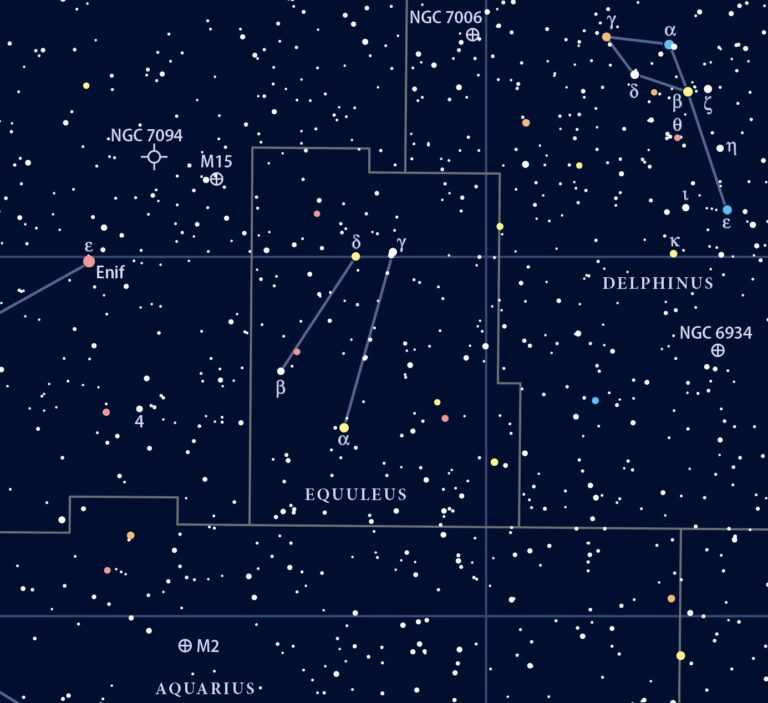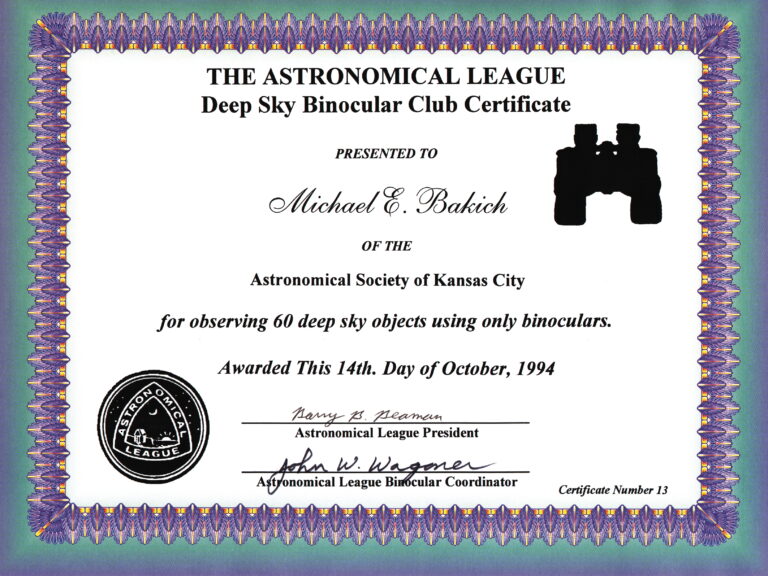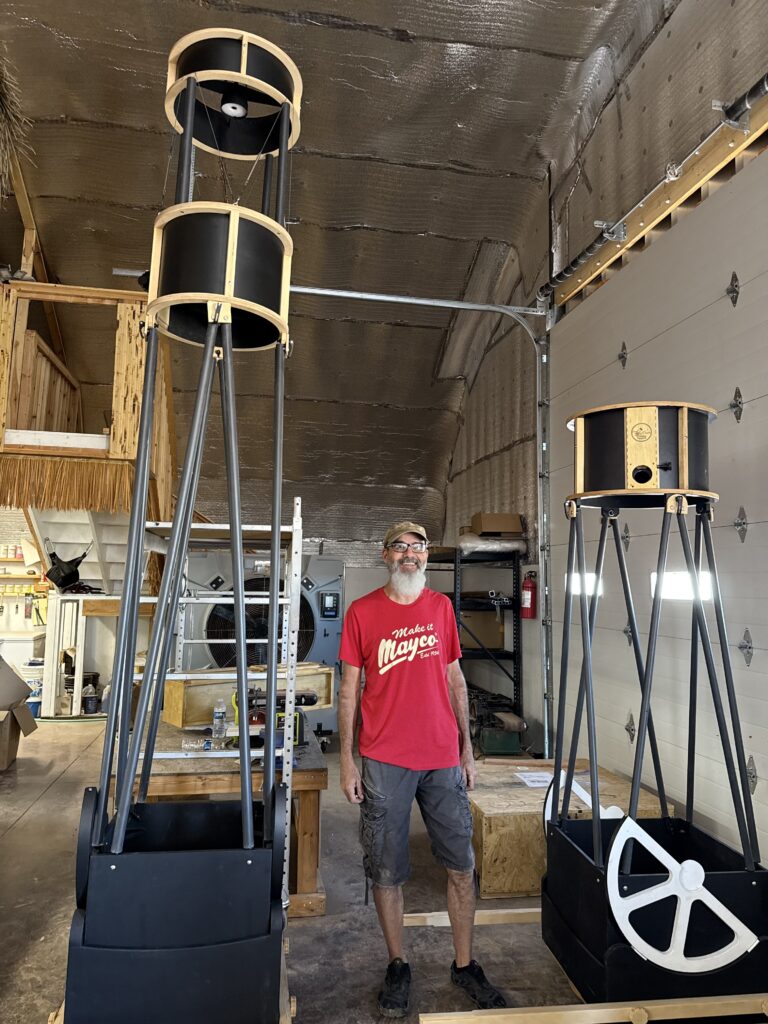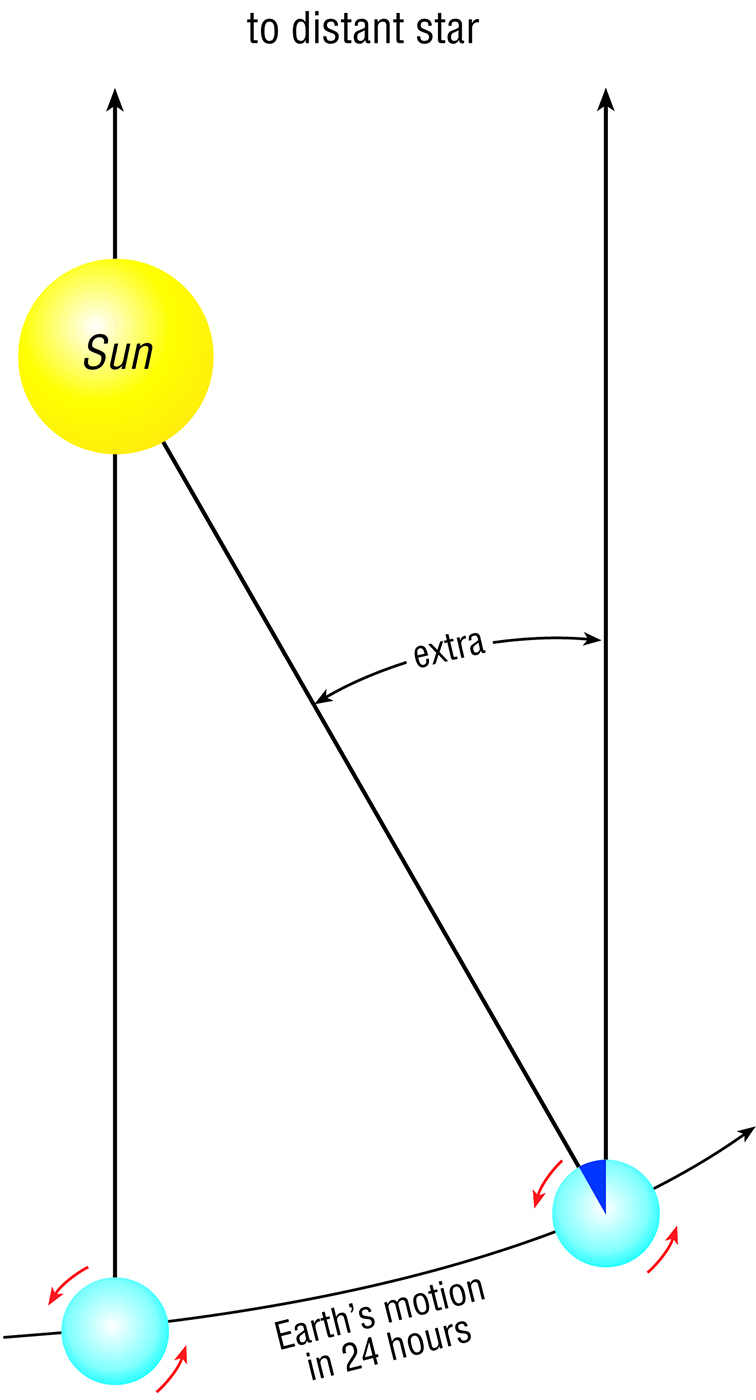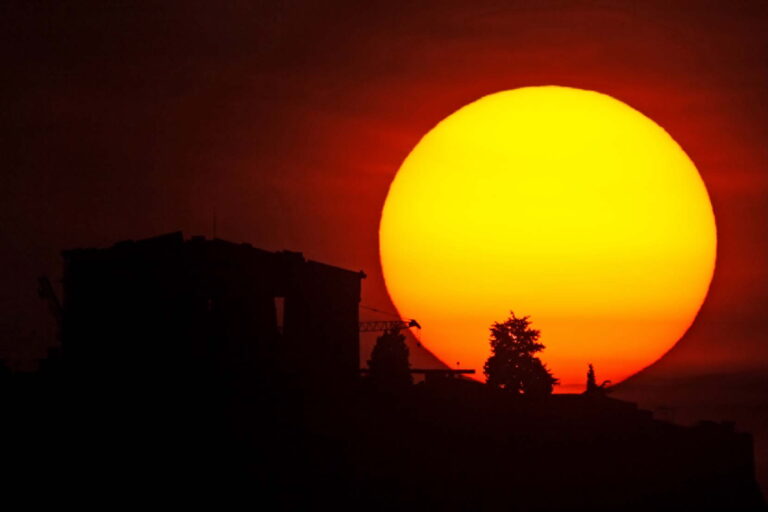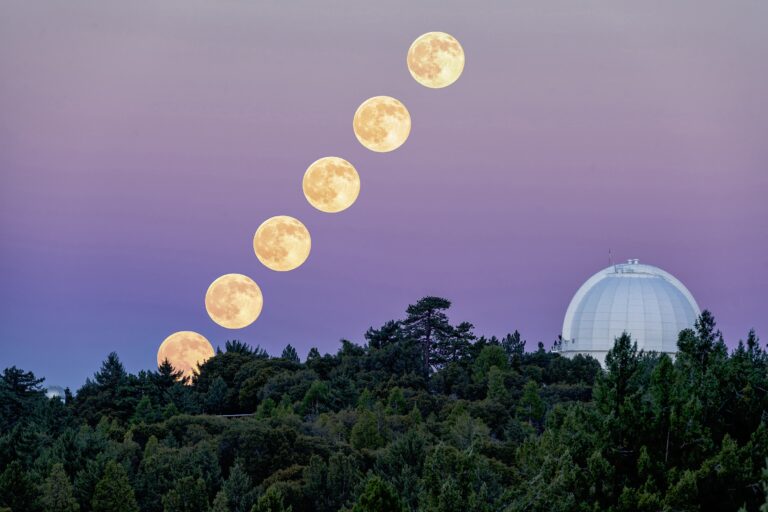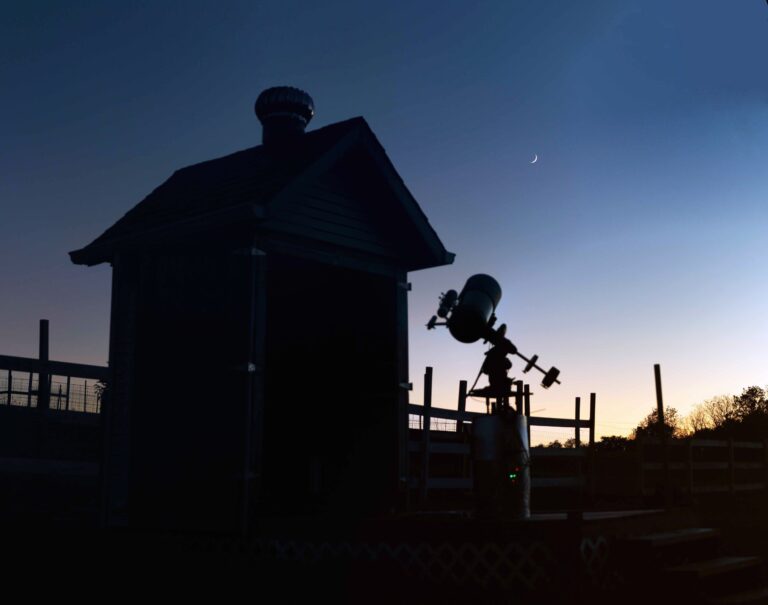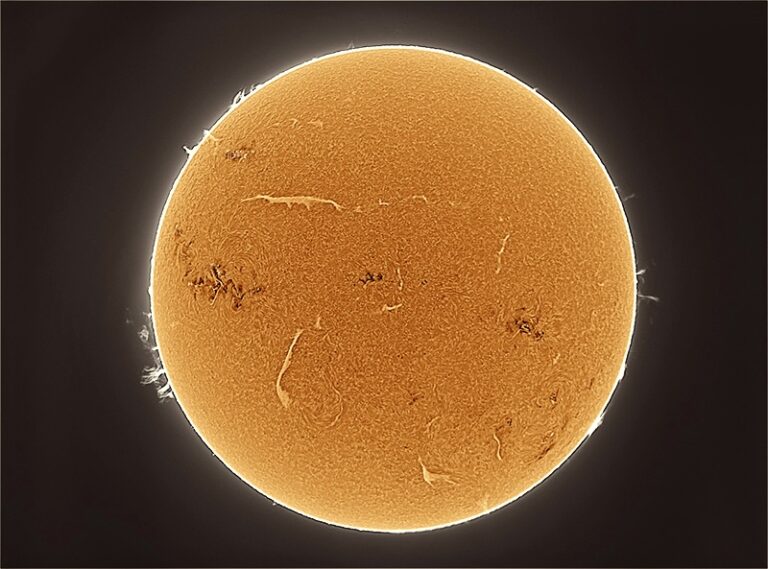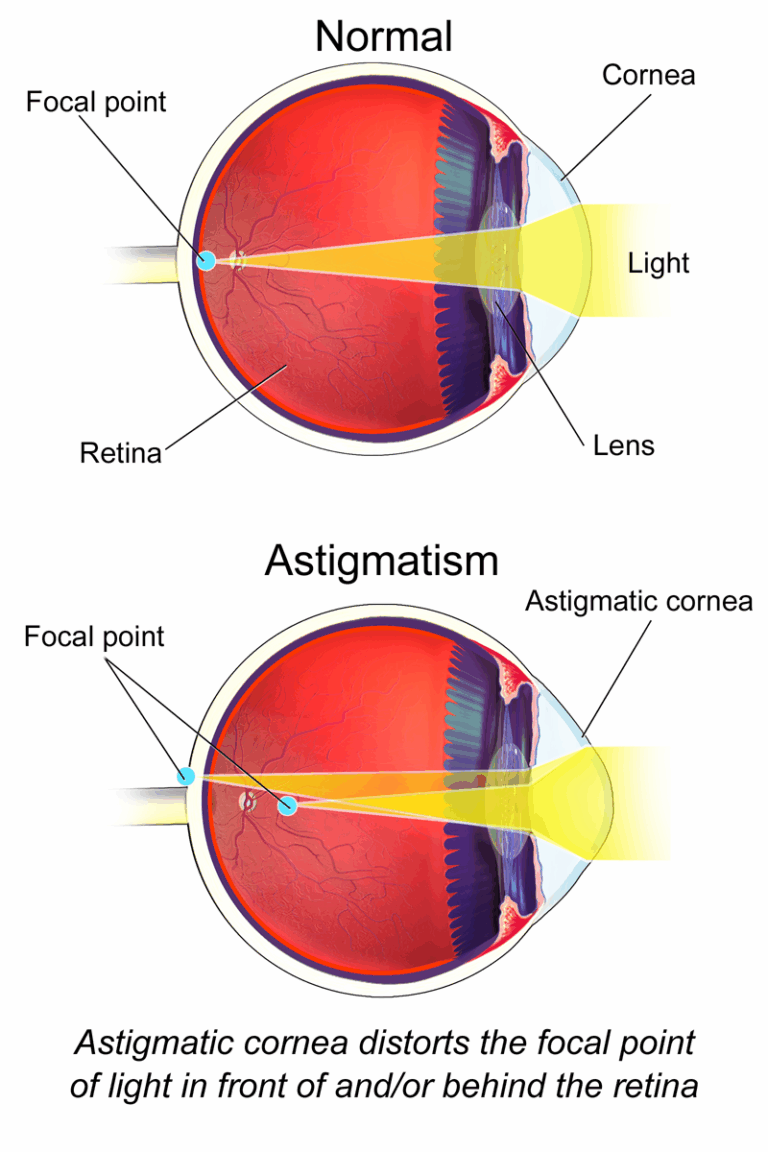Key Takeaways:
In 1643, Antonius Maria Schyrleus de Rheita, an astronomer and friar of the Catholic Church’s Capuchin Order, detected through his binocular telescope a stellar grouping resembling the sacred Sudarium Veronicae, or the Veil of St. Veronica. According to the Christian Stations of the Cross, when Veronica used this cloth to wipe the face of Jesus on his way to Calvary, it took on the impression of his face. But the knowledge of which stars formed this asterism has been lost to time. Since de Rheita’s original observation, there have been no other recorded sightings — until, perhaps, now.
A problematic portrait
Before we share the solution, let’s look first at the problem. To search for the Veil, many observers (myself included) relied on an illustration by Joannes Zahn, first published in 1685. It was then reproduced in Admiral William Henry Smyth’s classic 1844 book, A Cycle of Celestial Objects.
Smyth writes that de Rheita saw the figure “most clearly, by means of his binocular telescope.” This description suggests binoculars or a small telescope are required to see the star pattern. But where do we look?
Smyth tells us Veronica’s Veil is between the celestial equator and the zodiac, on or near the spot of NGC 3166. This description places the asterism roughly 10˚ south of Regulus, in the constellation Sextans. No apparent size or orientation is offered, leaving much room for speculation. The search, then, has long been for a binocular or telescopic asterism in Sextans.
But we were horribly wrong. It turns out that Zahn’s figure does not fit de Rheita’s description and is most likely — as George F. Chambers’s caption reads for Zahn’s illustration in his 1881 revision of Smyth’s work — “a pious fraud.”
A stellar unveiling
In a 2017 article in the Journal for the History of Astronomy, artificial intelligence researcher, Latin scholar, and astronomy author Michael A. Covington of the University of Georgia proposed an outstanding solution to the long-standing mystery.
The key was his translation and interpretation of the discovery letter de Rheita wrote to his friend, Juan Caramuel, on April 24, 1643. In it, we learn of critical facts not presented by Smyth — namely, that the asterism is visible to the naked eye as well as through a Galilean telescope. Furthermore, de Rheita tells us that the four corner stars of the Veil are bright.
In other words, the Veil is a naked-eye asterism with a splash of telescopic stars within. And when Covington searched for four naked-eye corner stars that “look like an unfolded veil or handkerchief,” he found “a rectangular pattern of stars in that area, covering nearly the whole space between the equator and the ecliptic.” The stars were Rho (ρ) and Omicron (ο) Leonis to the north, and Beta (β) Sextantis and Iota (ι) Hydrae to the south.
He also found a smaller rectangle whose corners are marked by 31 and Omicron Leonis to the north, and Alpha (α) Sextantis and Iota Hydrae to the south. Both rectangles fit de Rheita’s description. “Whether the interior stars resemble a face is not obvious,” Covington says, “but there are definitely several naked‐eye stars present, and the main rectangle contains approximately 200 stars down to magnitude 9, which is a reasonable limit for a 17th‐century telescope.”
Seeing is believing
After reading Covington’s article and going out to hunt down his proposed Veil, I did a double take. It was remarkably obvious, even under bright moonlight. I mentally congratulated him for finally discovering a near-indisputable candidate for this lingering celestial mystery.
I found the larger version of Covington’s Veil candidate to be the more compelling solution for the cloth (as drawn by Zahn), though I could only imagine a face in the smaller rectangular section to the west. That view also matches what de Rheita told Caramuel: that the “very bright small stars [are] densely crowded in the middle, like a swarm of bees.”
Once seen, the large version of the Veil was hard to erase from view. Perhaps, as de Rheita wrote to Caramuel, “so quickly impressed this likeness intuitively on the mind and eyes, that looking at it a hundred times over and over, it would not be possible to attach to it any image more similar to it than the Veil of Veronica.” Go out and try to track down Covington’s fascinating discovery and let me know your thoughts at sjomeara31@gmail.com.




